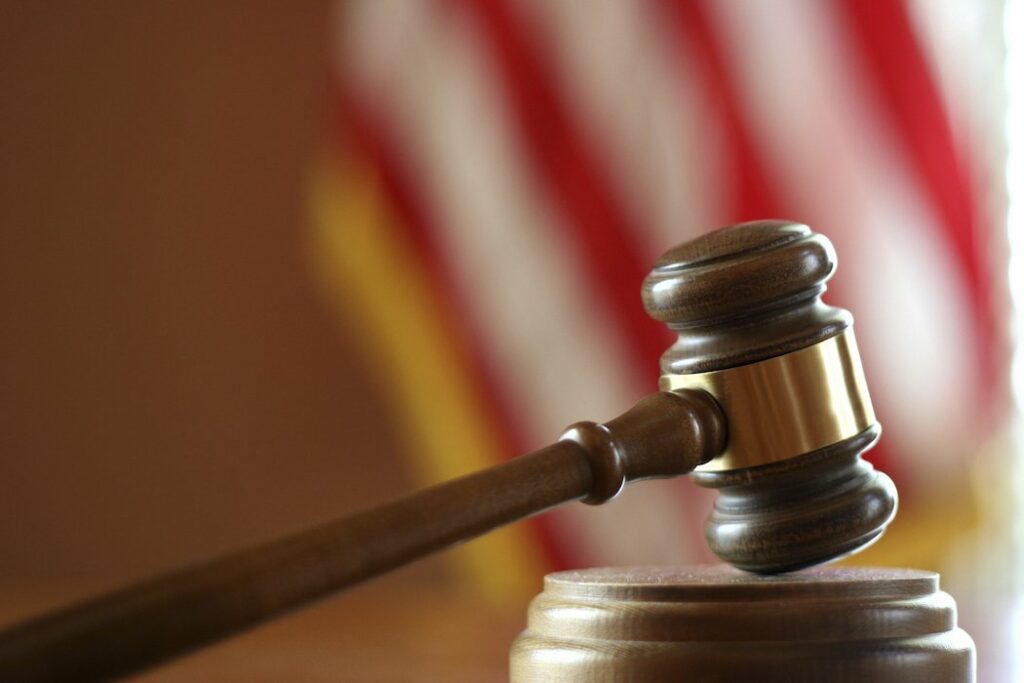Everything You Need To Know About Mass Torts
What happens when thousands of people are harmed by a dangerous medication or defective product? How do those injured go about seeking compensation? When the same product injures a large number of people, the injured parties have a variety of litigation options.
What is a Mass Tort?
A mass tort is a type of litigation that attempts to reduce the number of judges involved and court resources used by grouping similar cases together. Plaintiffs with a common claim regarding a single product, drug, man-made disaster, or unfair business practice can come together to bring a legal action against the party responsible. In the case of a defective medical device or harmful medication, the plaintiffs may suffer various different injuries, in which case they are broken down into groups. Because of this flexibility, mass torts are able to cover a broad range of claim types. Mass torts allow for a large number of cases to be resolved by one main judicial authority and litigated by one main group of lawyers called a Plaintiffs Steering Committee. Attorneys who participate in mass torts can share resources and information.
Mass Torts vs. Class Actions
While class action litigation has many similarities to mass tort litigation, there are a few key differences. Class action litigation also aims to reduce the number of cases by grouping them. In a class action, the plaintiffs also share similar circumstances, but they are all treated the same, rather than each person having an individual case and claim. In a class action, one person – the class representative – and their case, would represent all injured parties. However, in a mass tort, the plaintiffs are not represented by one case alone. In the instance of a defective medical device, plaintiffs might suffer different harmful effects. One plaintiff might suffer organ damage while another suffers chronic pain. One case cannot represent both because they do not share the exact same damages. In a mass tort, the plaintiffs are grouped together for purposes of litigation, but each individual plaintiff has his or her own recovery separate and apart from the entire group.











